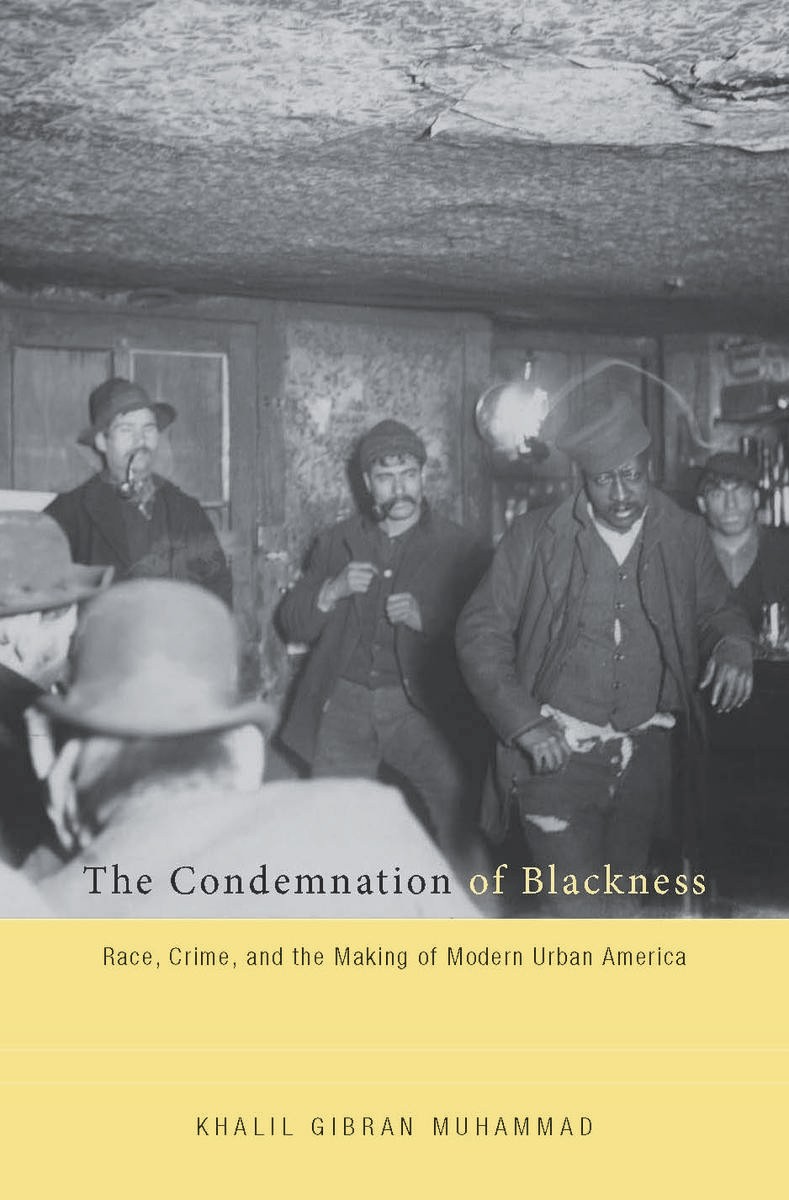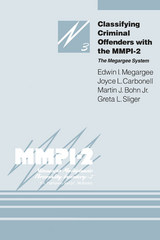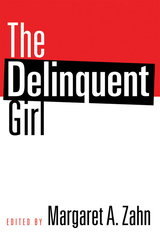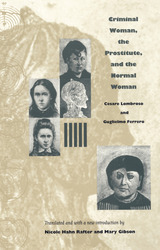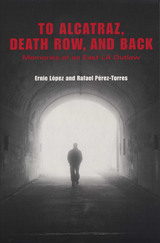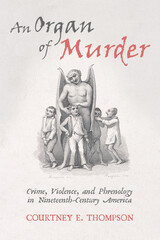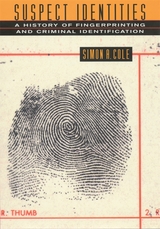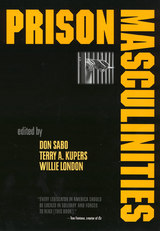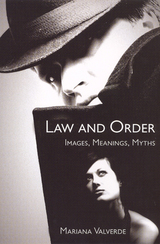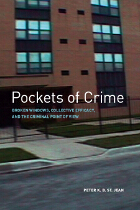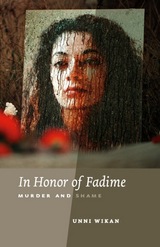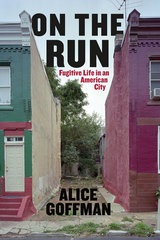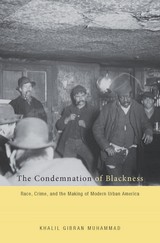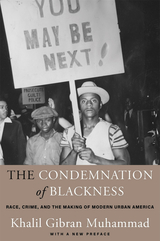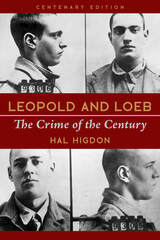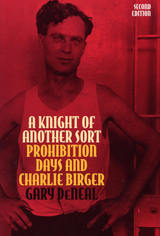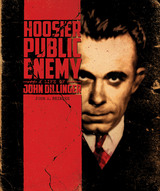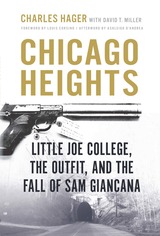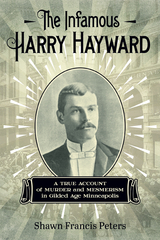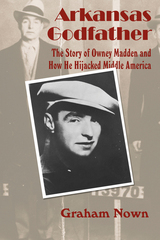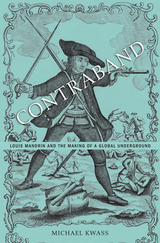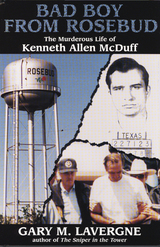A brilliant work that tells us how directly the past has formed us.
-- Darryl Pinckney New York Review of Books
The role of social-science research in creating the myth of black criminality is the focus of this seminal work by historian Khalil Muhammad. The book shows how progressive reformers, academics, and policy-makers subscribed to a ‘statistical discourse’ about black crime almost immediately after Emancipation, one that shifted blame onto black people for their disproportionate incarceration and continues to sustain gross racial disparities in American law enforcement and criminal justice.
-- Elizabeth Hinton The Nation
Muhammad identifies two different responses to crime among African-Americans in the post–Civil War years, both of which are still with us: in the South, there was vigilantism; in the North, there was an increased police presence. This was not the case when it came to white European-immigrant groups that were also being demonized for supposedly containing large criminal elements.
-- New Yorker
On the whole, Muhammad’s Condemnation of Blackness marks a tremendous contribution to scholarship on racism and reform in the Progressive era and will help point the way forward in ongoing conversations about crime, punishment, and representations of blackness in the United States. By weaving together the histories of scientific racism, migration, immigrant and African American uplift ideologies, racial violence, and sociopolitical change in the cauldron of the urban North, this text offers important insights into how ideas about race shaped urban life. As the nation continues to wrestle with disparities in its criminal justice system and the considerable consequences thereof, Muhammad’s work serves as a poignant reminder of how these inequalities were shaped and how deeply they reach back into the nation’s history.
-- Jeffrey D. Gonda Journal of African American Literature
This important book bridges a scholarly gap between studies of racial disparities in arrest and incarceration in the contemporary United States and historical examinations of race and punishment in the Jim Crow South.
-- William P. Jones Journal of American History
Meticulous in its research and brilliant in its exposition, Khalil Muhammad’s The Condemnation of Blackness addresses the contemporary crisis in criminal justice by examining its intellectual precedents in the decades after slavery.
-- Bryan Wagner Law, Culture, and the Humanities
It is the rare piece of scholarship that invokes a feeling that our current moment is not so different from our racial past. Khalil Muhammad’s book does exactly that. By describing in incredible depth the ‘ideological currency of black criminality’ throughout the nation’s history, the author provides readers with a new vision through the lens of the past. The power of The Condemnation of Blackness is in giving contemporary debates—about Trayvon Martin, the black underclass, and the extraordinarily high rates of black contact with criminal justice—a fuller historical context.
-- Vesla M. Weaver Perspectives on Politics
Muhammad’s book renders an incalculable service to civil rights scholarship by disrupting one of the nation’s most insidious, convenient, and resilient explanatory loops: whites commit crimes, but black males are criminals. With uncommon interpretive clarity and resourceful accumulation of data, the author disentangles crime as a fact of the urban experience from crime as a theory of race in American history. This is a mandatory read.
-- David Levering Lewis, Pulitzer Prize–winning author of W. E. B. Du Bois
A dazzling study that illuminates a great deal about the social construction of black criminality. Muhammad does a superb job of explicating the role that social scientists, journalists, and reformers played in creating the idea of the black criminal and sustaining racial inequality. This important book is a vital contribution to our understanding of the role of racism in American society.
-- Aldon D. Morris, author of The Origins of the Civil Rights Movement
Muhammad simultaneously captures, both in the realm of ideas and in the lived experiences of urban African Americans, the oppressive weight of enduring racialized crime scares and of social policies based on benign neglect. A brilliant, critically important study.
-- David R. Roediger, author of How Race Survived U.S. History
This rich and absorbing history forcefully reveals how putatively objective social knowledge created tight links between color and criminality. Thoughtfully comparing representations of white immigrants and African Americans, Muhammad vividly establishes how a racial, and racist, ‘scientific’ discourse combined with the misuse of statistics to influence the patterning of blame, promote white fear, justify uneven policing and discriminatory justice, and block recognition of the deep structural roots of poverty and crime.
-- Ira Katznelson, author of When Affirmative Action Was White: An Untold History of Racial Inequality in Twentieth-Century America
An impressive and important book that could not have appeared at a better time. The mass incarceration of poorly educated black and Hispanic men has become a principal instrument of social policy in the United States in recent decades. In this exquisitely argued book, Muhammad illuminates the social, political, and cultural roots of this phenomenon. In my opinion, this is the most significant work in the study of race and American society to have appeared in the past decade.
-- Glenn C. Loury, author of The Anatomy of Racial Inequality
